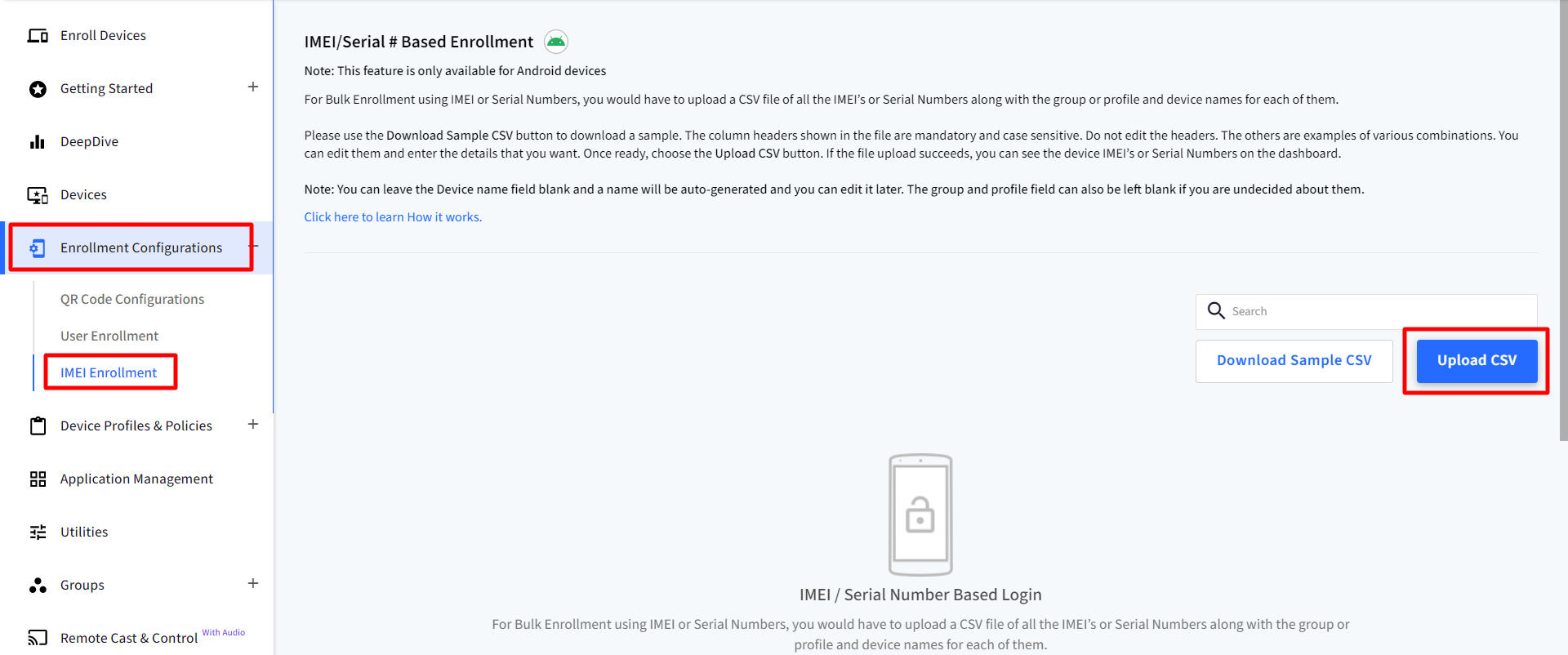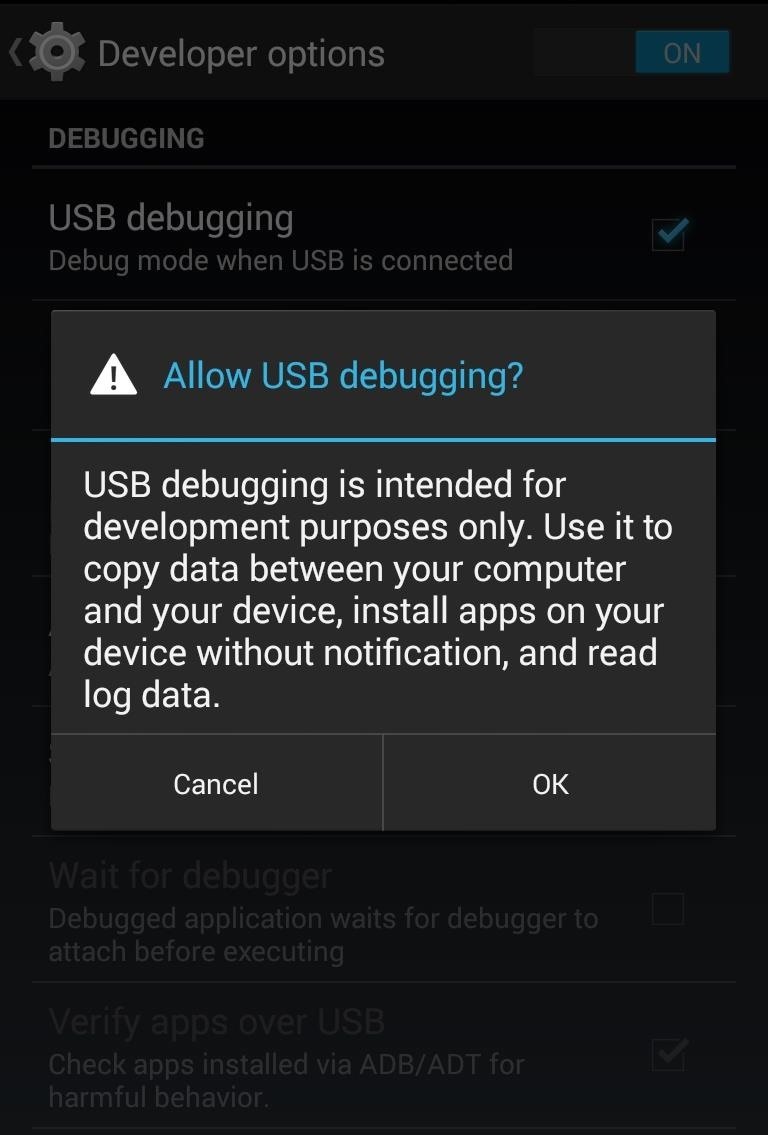

The in-built commands in the ADB binary work on almost all Android devices. While few commands are in-built in the ADB binary, some require manual command. Examples of ADB:ĪDB can be used to perform numerous functions on an Android device. At this moment your Android device receives an authorization request unless your device has been connected to that PC earlier.

Later, it shall set up connections with all running devices attached to the PC (even emulators). Once the process begins, it will listen to that specific port for commands, sent by the ADB client. If the daemon has not yet started it shall start the process and also mention on which local TCP port its been initiated. Infact the system checks for daemon setup and pops up a message in the command prompt or terminal regarding the status of the process.

So if you are using a recently booted PC and you don’t have the setup ready to boot the daemon the first step is to get the setup ready. Though the three components of ADB (Client, Daemon and the server) are interdependent it is important for Daemon to be running for the process to kickstart. On the whole, this process provides you with efficient access to your smartphone, smartwatch, tablet and others. In detail, as you give the ADB command in a command prompt, PowerShell or a terminal, the Server running on the hindsight sends over the command to the daemon.Īll these three components are very much integrated and interdependent, ensuring smooth flow of communication.

Client is basically the computer your Android device is connected to.


 0 kommentar(er)
0 kommentar(er)
